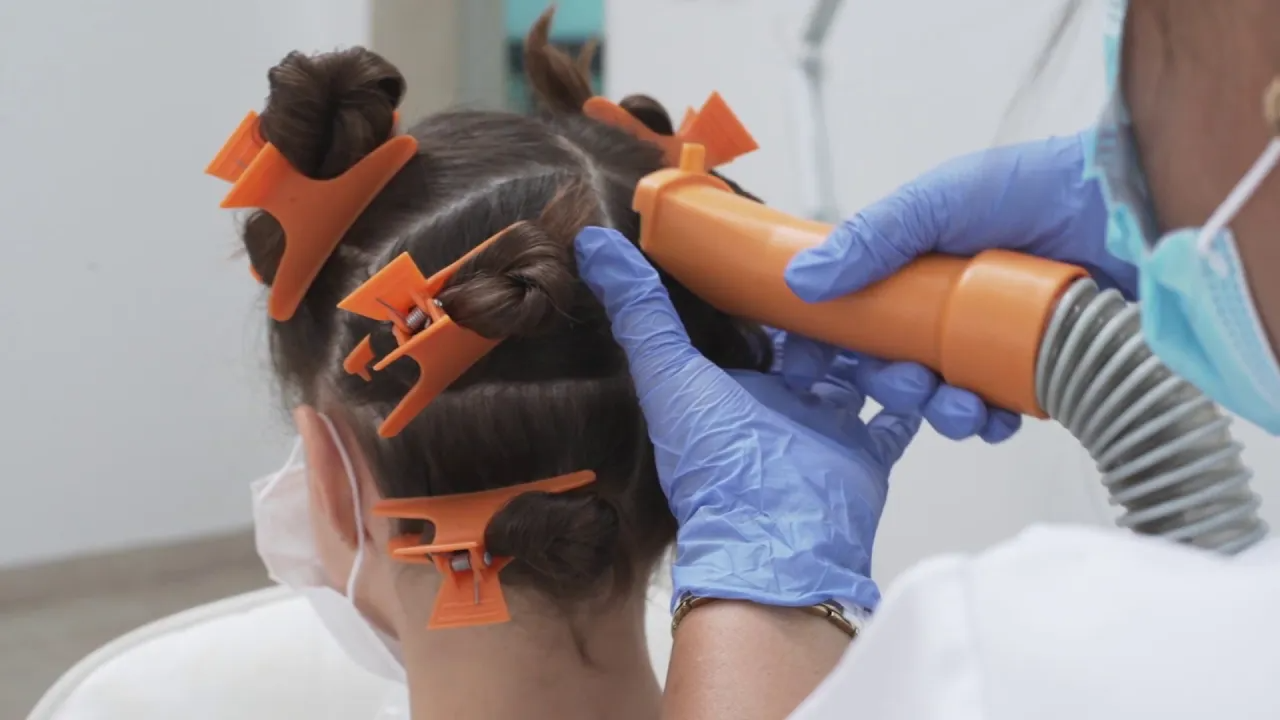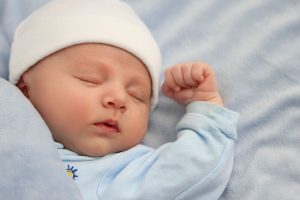
7 Signs Your Child Needs Lice Treatment
Lice infestations can spread quickly, especially in environments where children are in close contact with one another, like schools or playgrounds. As a parent, knowing the reasons of lice in your child is essential for addressing the problem early and preventing it from spreading. When your child begins to experience specific symptoms, it may be time to seek lice treatment. If you notice any of the following signs, you may need to consider using a lice treatment for kids to tackle the issue effectively.
Persistent itching:
The most common symptom of lice is itching, caused by allergic reactions to the bites of lice on the scalp. If your child is scratching their head more than usual, especially behind the ears or at the nape of the neck, it could indicate lice.
Visible lice on the scalp:
If you closely examine your child’s scalp and notice live lice moving around, this is a clear sign of an infestation. Lice are small, tan or greyish insects that are difficult to spot, but they can be seen if you search carefully.
Finding nits (Lice Eggs):
Nits are tiny, oval-shaped eggs that lice lay near the scalp. These eggs can be found attached to hair shafts, usually close to the roots. Nits are often white or yellow and can be mistaken for dandruff, but they are firmly attached to the hair.
Red or irritated scalp:
The bites of lice can cause inflammation and redness on the scalp, especially in areas where your child is scratching. If you notice your child’s scalp looking irritated or inflamed, lice could be the cause.
Difficulty sleeping:
Lice are more active at night, and their bites can become more irritating as your child tries to sleep. If your child complains of difficulty sleeping due to itching or discomfort, this could be a sign of lice infestation.
Sores or scabs on your child’s scalp:
Continuous scratching can lead to sores or scabs on your child’s scalp. These can become infected if not treated, so it’s important to take action quickly if your child’s scalp shows signs of open wounds.
Frequent complaints of headaches:
Lice may cause discomfort, leading to headaches. If your child frequently complains of headaches, particularly around the scalp, this can sometimes be linked to a lice infestation.

